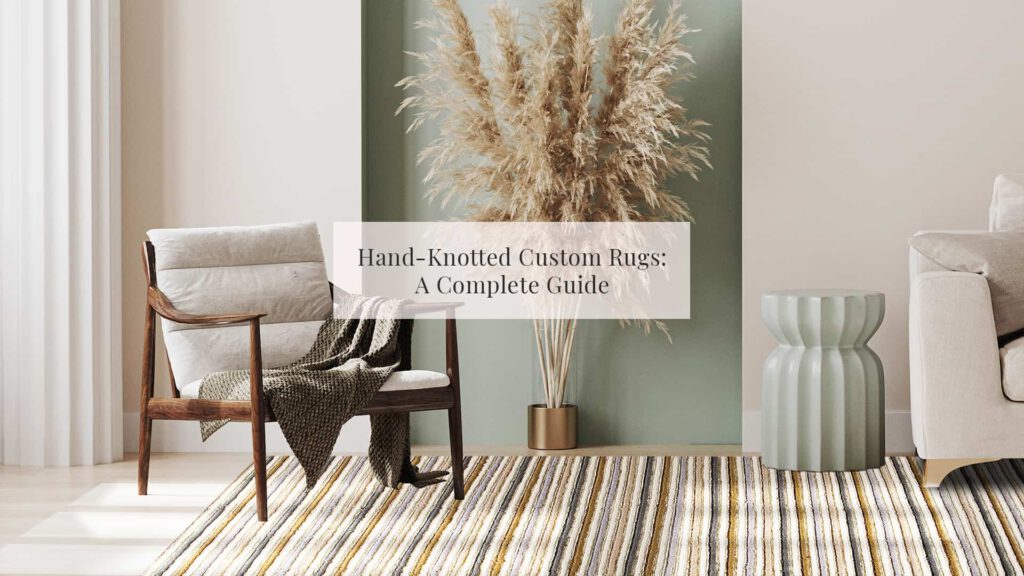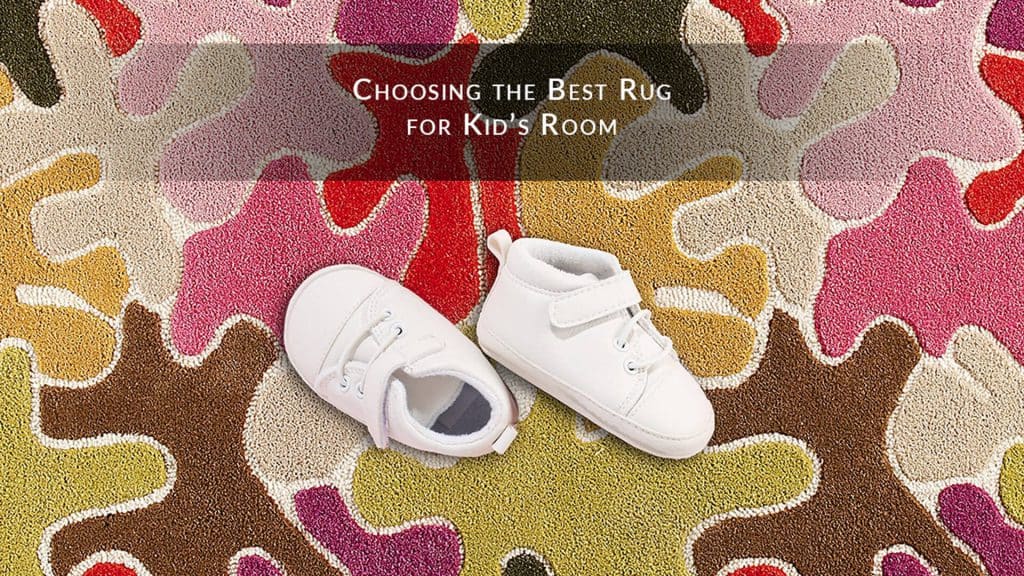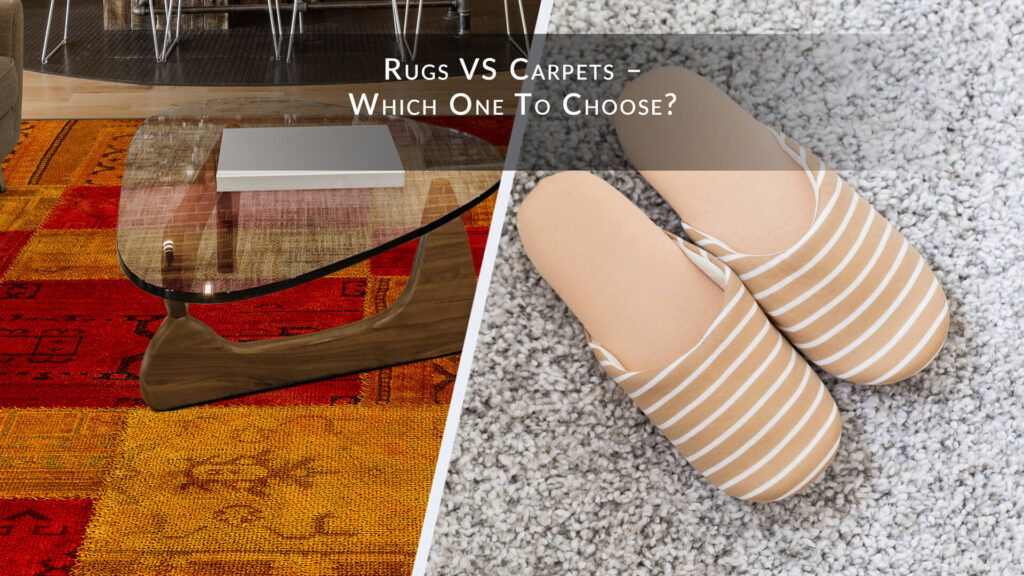Hand-Knotted Custom Rug: A Complete Guide: Rug weaving is an art form that was performed at large scales during the 2nd and 3rd BC. Since then, the possession of a carpet or a rug has been associated with an aristocratic lifestyle. These techniques commenced in the Middle East and Central Asia, from where they spread all across the nations of Africa and South Asia. Rug weaving in India was an art popularized by the Mughals in the 16th century. With the start of the 21st century, the exclusivity of rugs faded and they started to be used as common decoration items as opposed to a symbol of luxury.
Rug weaving although, primitively done by hands, has amalgamated with the current technology to produce the product for the masses. Though due to the decreasing number of unskilled labor, the industry is experiencing a downfall. However, certain districts and places remain which take pride in the craft of designer hand-knotting rugs.
Hand-Knotted Custom Rugs
What are Hand-Knotted Custom Rugs?
These rugs have an indicative influence from the oriental rugs. Thus, they are deeply inspired by the designs of Asia and the Middle East. Hand-knotted custom rugs are typically a category of handmade textiles that employ a unique weaving style that gives them an equally charismatic texture, consistency, and quality. These techniques and the labor associated also affect the prices. One should always be aware of the merchandise and must be able to differentiate between these and the hand-tufted rugs, which in comparison with the designer hand-knotted rugs are quite inexpensive.
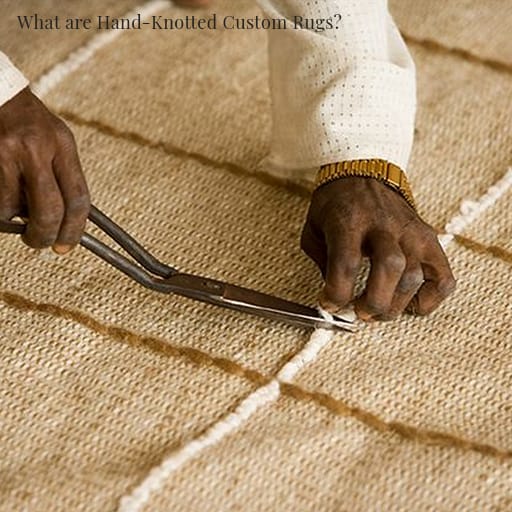
Due to the complexity of the production, the details are finer, though at times differences might creep in. This is because all the hand-knotted custom rugs are manufactured by skilled manpower. Therefore ensuring that no two rugs are alike, and the natural flow of the artisans allows each rug to be unique and special.
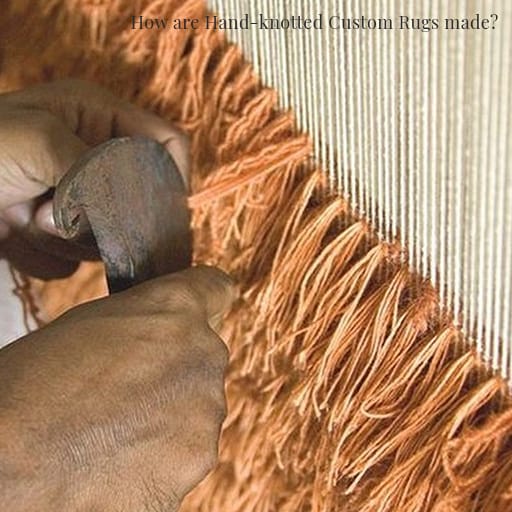
How are Hand-knotted Custom Rugs made?
As the name suggests, hand-knotted custom rugs consist of multiple individual knots which can go up to millions and are tied to a foundation cloth. Thus, the design would be imprinted on both the front and the backside of the base cloth. Usually, the front side would be the plusher and the softer side while the backside would be a little stiff due to the backing, and the rugs won’t be reversible as the design won’t be clear, nor the material as soft.
During earlier decades, the use of hand-knotted silk rugs was the trend. As the textile industry is becoming more improved, modern hand-knotted rugs can be made using any material of your choice. Usually, clients request cotton, silk, or wool as they impart a flatter pile and lesser texture within the hand-knotted custom rugs.
To make these designer hand-knotted rugs, individual columns of threads called warps are strung closely to a weaving loom, thus creating a mirage of a fabric. The pattern threads, also known as the weft, are then intertwined with the warps horizontally and tied at every intersection. These wefts go through the top and bottom of the warps alternatively till the end is reached. Another way to wrap them is to create the symbol ‘W’ while intertwining the weft. Thus, the yarn goes through all the surrounding threads, making the structure stronger.
Once the product is finished, they are sent for washing. The washing agents are both herbal and chemical. This ensures that the rug is not only cleaned well and devoid of dust particles, but also grants the rug a perfectly smooth finish.
Customizing the Hand-Knotted Rugs
Though the process of making designer hand-knotted rugs is demanding, you can still customize these rugs. First, the material is selected from the manufacturer’s inventory. You can decide on linen, polyester, or even PET. Afterward, the color palette and the design form are chosen. If you wish, you can even make modern hand-knotted rugs of your liking. Once these options are selected, the producer can start manufacturing your hand-knotted custom rug. The delivery would take a longer period as hand-knotted rugs are labor-extensive.
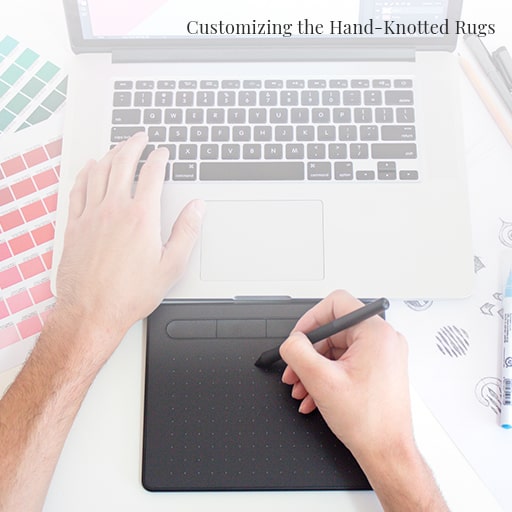

Excruciating Hours
The process is unquestionably demanding. Since the manual labor required is huge, multiple workers are responsible for crafting a sole hand-knotted custom rug at any given time. Despite this fact, it can take months and even a whole year to finish these rugs. On average a singular weaver can make 10,000 knots a day. Since the amount of knots kindred can range from thousands to millions, it accounts for only a smaller fraction of the work accomplished.
Another factor that goes into determining the number of hours is the pattern specified. Comparing a modern hand-knotted rug without any pattern to that of a simple one such as stripes, the time required can grow up to even 25%. With more complex patterns and designs, the estimated date of completion can be extended.
Quality of the finished product
The quality of the finished product is gauged in terms of density. The density in hand-knotted custom rugs is determined by the knots per square inch. The higher the number is, the more dense the rug would be, thus rendering it with higher durability.
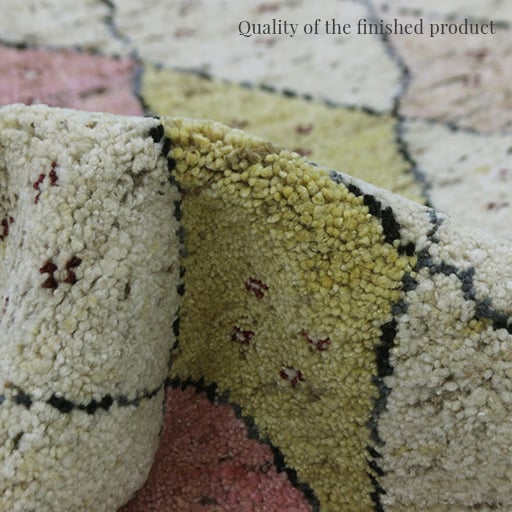
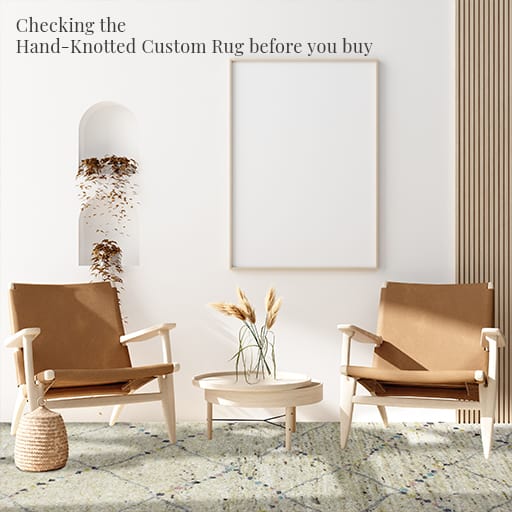
Checking the Hand-Knotted Rug before you buy
An easy way to check whether the rug is hand-knotted is to take a quick look at the back. The design would be similar in both the front and the back. Although this doesn’t make the rug reversible as only tracing of the design is visible and the rug isn’t comfortable to use on the back. There are no bindings at the end of the rug but usually, for an added effect, fringes are attached.
Designer hand-knotted rugs are not only intricately designed and eye-pleasing but also extremely durable. Acting as a collectible item, their superiority in terms of weaving technique thrusts them to be the front-runners of the industry. Due to the higher amount of time and labor force required to complete a single hand-knotted custom rug, it is fairly expensive but truly worth it. These hand-knotted custom rugs and carpets can be used in the areas of the house which receive the most foot traffic, such as the dining hall or the living room in a house.
What’s the Right Process?
Prior research is mandatory while buying these. You must be aware of the quality of the ingredients and the expertise of the artisan. This will help distinguish the better rugs from the others. Fortunately, with the services that MAT The Basics provides, you would not have to think twice. Stringent quality checks are done every once in a while at all the stages of the production. Whether it is the selection, threading, or the finished product, they all are thoroughly examined.

At present they have a humongous inventory of collection lines. MAT The Basics’s best-selling Hand-Knotted Custom Rugs Collection includes the Vintage Renaissance collection that features wool rugs in various shades. Their Pico collection offers a hand-stitched and knotted masterpiece with an alloy of wool, cotton, and bamboo viscose. Furthermore, they also offer trade programs to retailers, e-commerce shops, and interior decorators to connect and spread the craft all around the globe.
